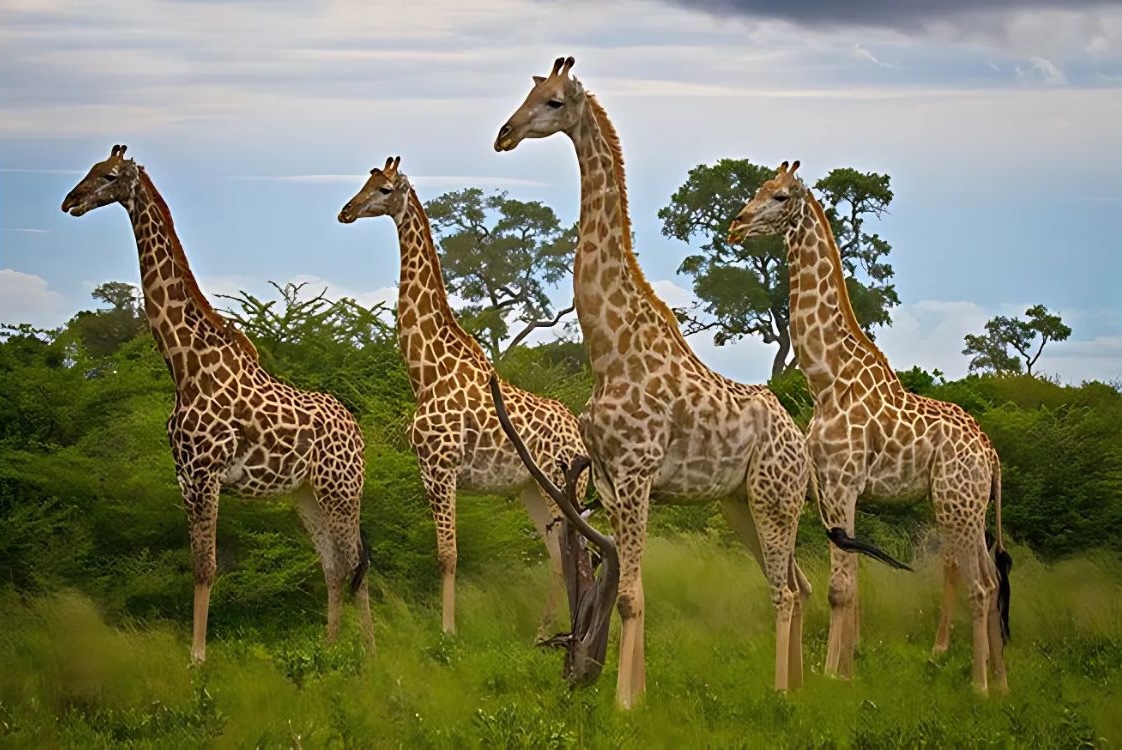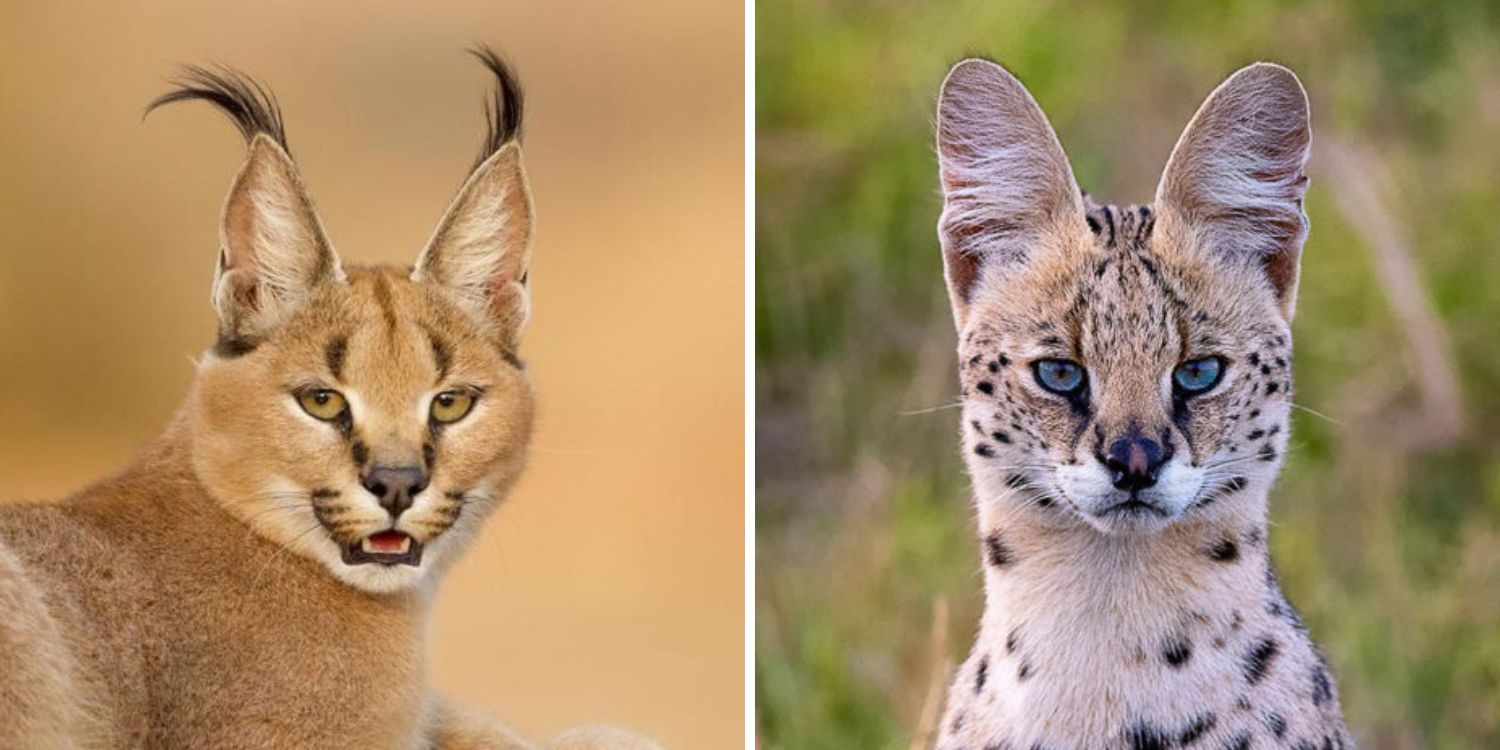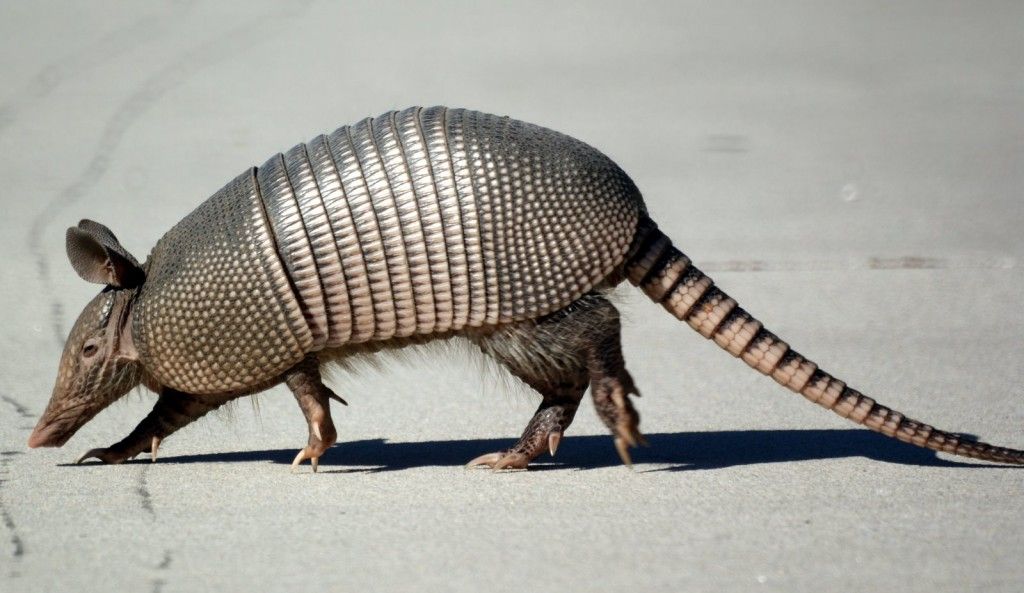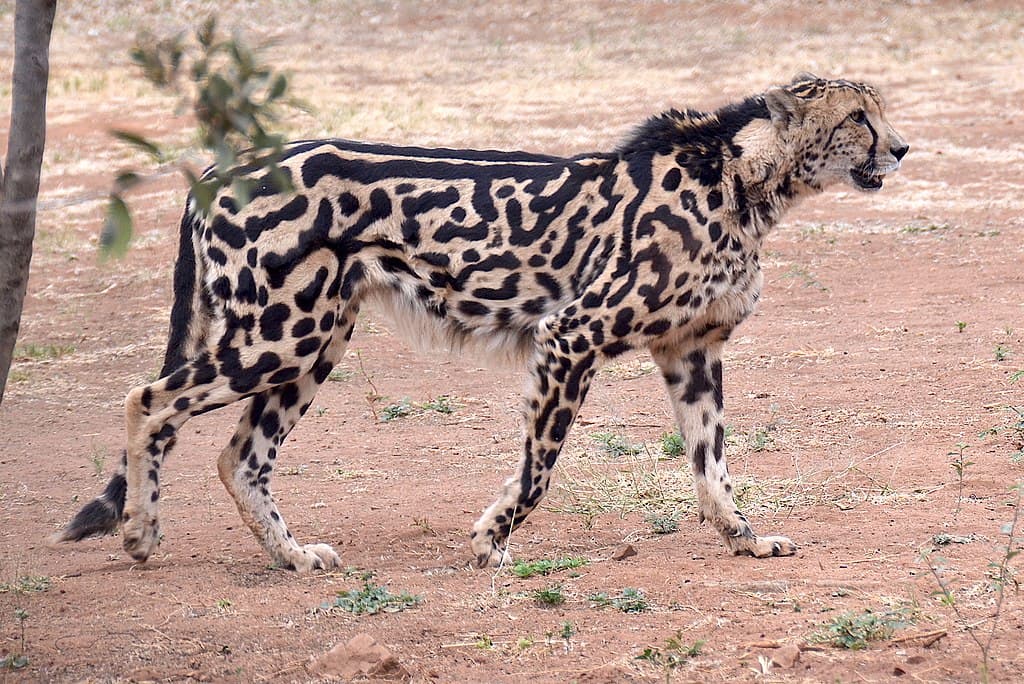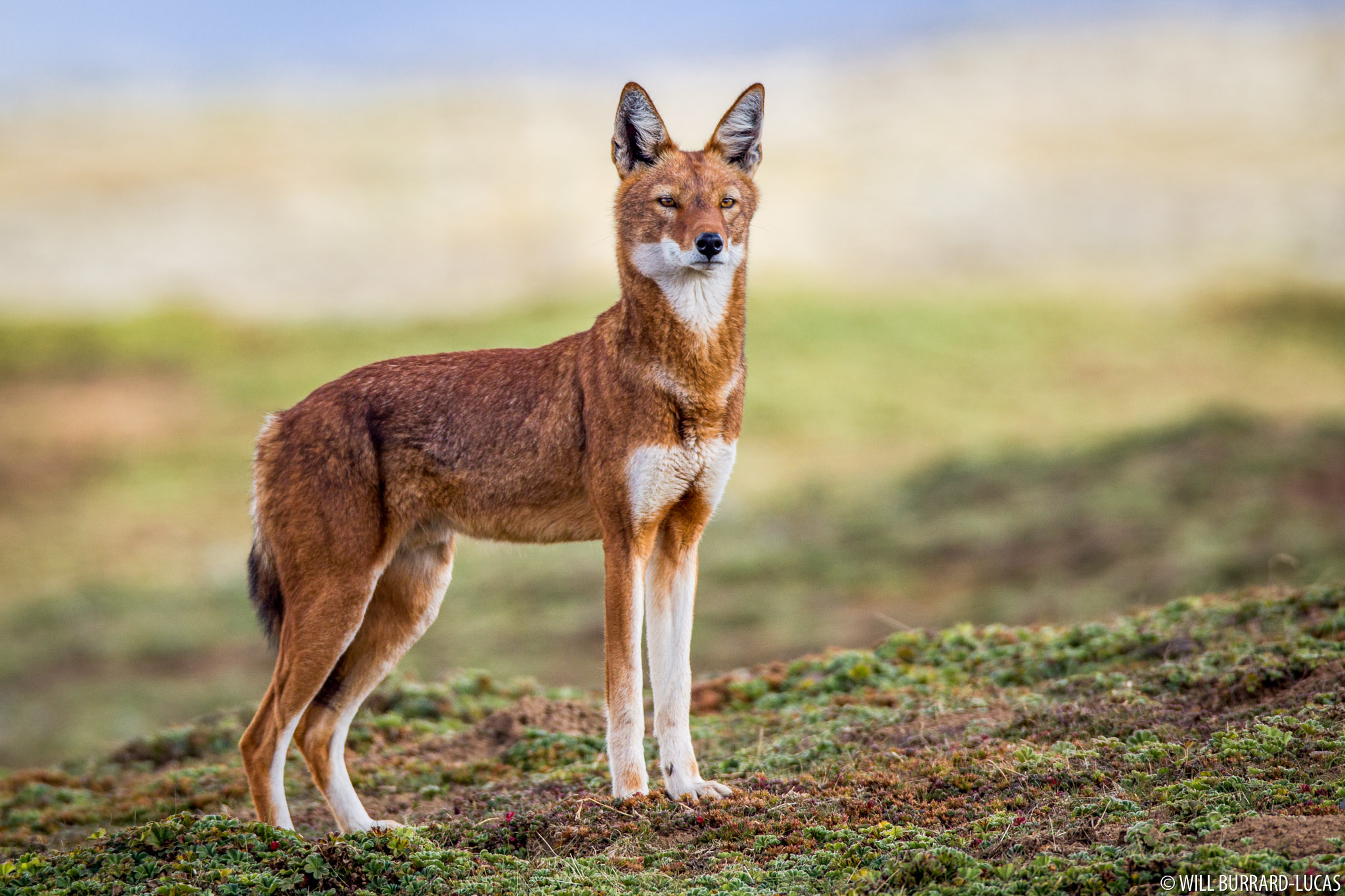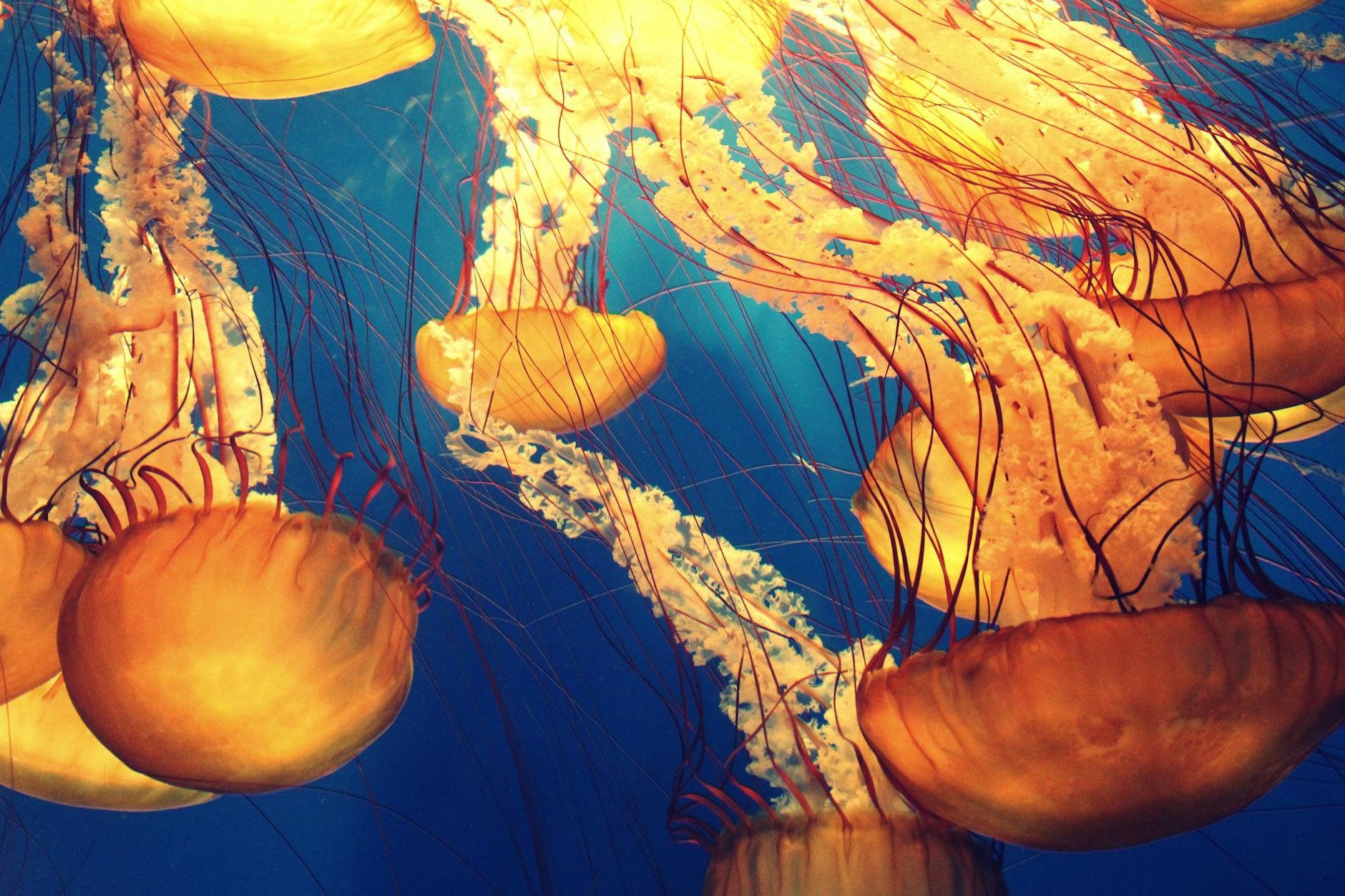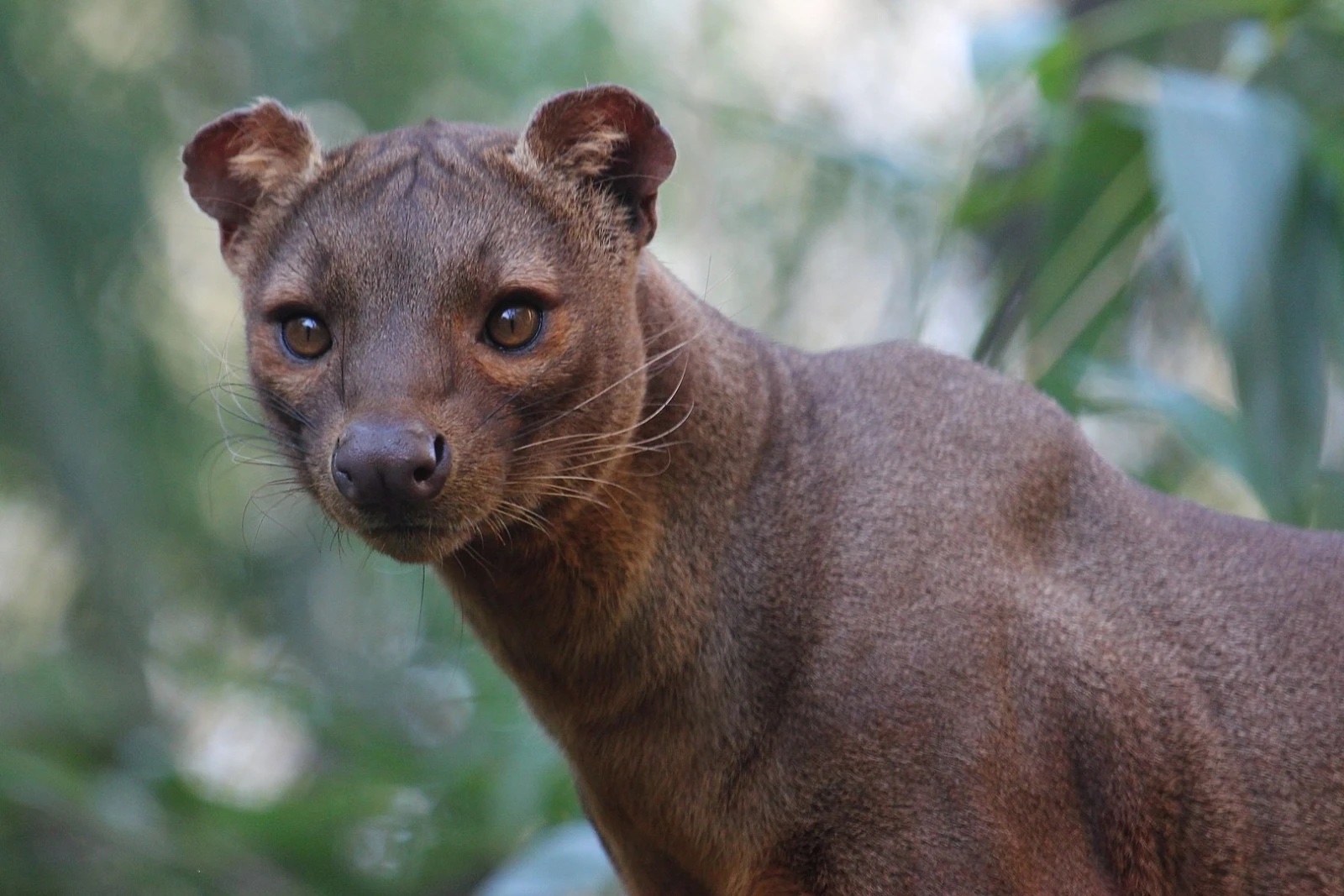
The Fossa: A Unique Predator of Madagascar
The fossa, a creature of mystery and intrigue, is the largest terrestrial carnivore native to Madagascar. This enigmatic mammal, with its long, slender body and semi-retractable claws, occupies a unique ecological niche on the island.
A Blend of Cat and Civet
While often referred to as a “cat,” the fossa isn’t a true feline. It belongs to its own unique family, Eupleridae, which also includes other fascinating creatures like the fossa’s smaller relative, the falanouc. This unique lineage has resulted in a fascinating blend of cat-like and civet-like characteristics.
Masters of the Trees
The fossa is a highly adaptable predator, spending much of its time in trees. Its semi-retractable claws provide excellent grip, allowing it to climb, leap, and even hang upside down with remarkable agility. This arboreal lifestyle allows them to hunt a variety of prey, including lemurs, birds, reptiles, and even small mammals.
A Solitary Hunter
Like many other predators, the fossa is a solitary animal, coming together only to mate. They are primarily nocturnal, utilizing their keen senses of sight and hearing to navigate their environment. Their long, slender bodies and powerful legs make them agile hunters, capable of chasing prey through dense forests and leaping across branches with incredible grace.
Conservation Concerns
Unfortunately, the fossa faces several threats. Habitat loss due to deforestation and human encroachment is a major concern. The introduction of non-native species, such as dogs and cats, has also impacted fossa populations.
Conservation Efforts
Efforts are underway to protect the fossa and its habitat. Creating protected areas, promoting sustainable land use practices, and raising awareness about the importance of this unique predator are crucial steps.
A Symbol of Madagascar
The fossa is a truly unique creature, a symbol of the incredible biodiversity found on the island of Madagascar. By understanding and appreciating this fascinating predator, we can work towards ensuring its survival for generations to come.
More photos below ↓







Disclaimer: This blog post is for edutainment purposes only and may not be entirely accurate.

